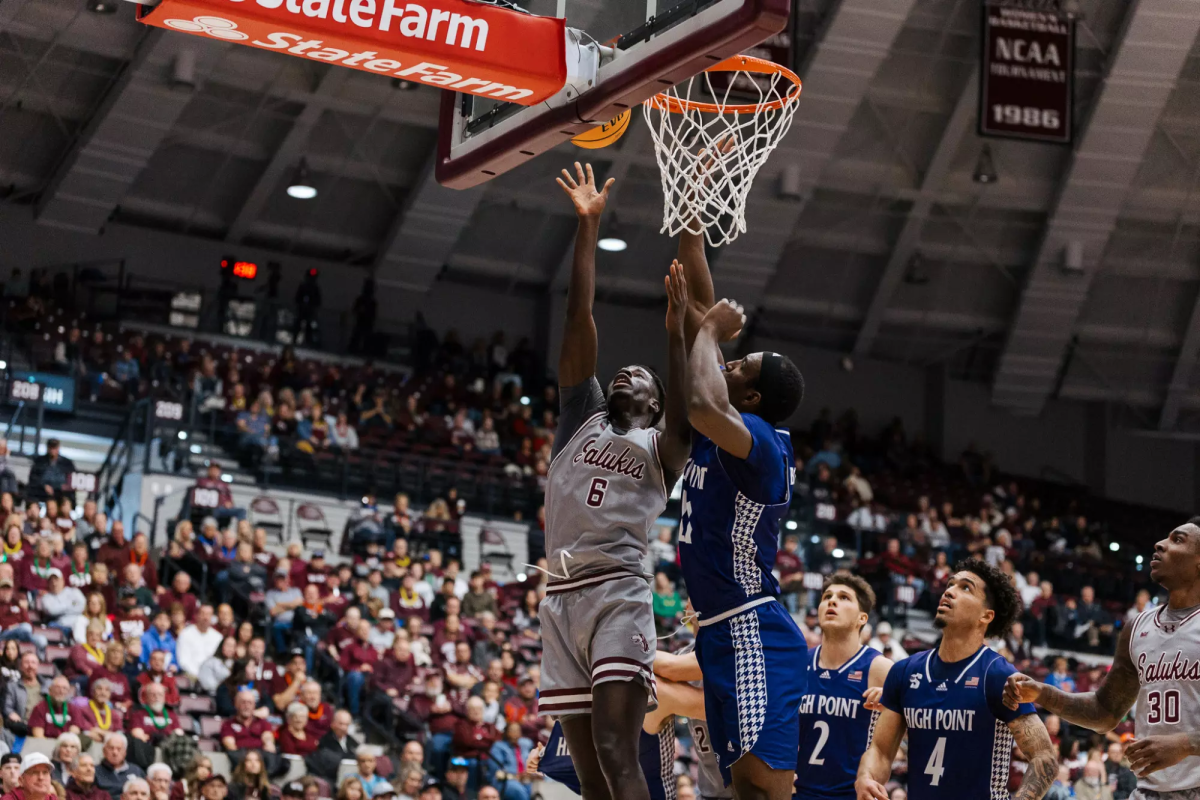State funds for higher education increased despite cuts to school
February 2, 2012
Illinois is one of few states that increased its funding to higher education between fiscal year 2011 and 2012, even though universities are receiving less.
While state universities have made budget cuts because of overall decreased funding from the state over recent years, a recent report shows Illinois has increased funding for higher education by more than 12 percent since FY11. SIU President Glenn Poshard said the difference may be because of other costs, such as pensions and healthcare, that factor into higher-education funding.
Results from the Grapevine Project — an annual report from Illinois State University that was released Jan. 24 — showed Illinois is one of three states to increase funding for higher education by more than 10 percent from FY11 and FY12. Meanwhile, state universities have received cuts in funding.
Advertisement
Poshard emphasized the increase in money for higher education has not gone into universities.
“There’s been no funding increase. I guarantee you, there’s been a huge funding decrease,” he said.
While there is a possibility of SIU taking on extra costs in the future – which had previously been paid for by the state – Poshard said the state will not provide another cut for the next fiscal year. Before Christmas, he said, he had been told the university would receive a 4.52 percent cut; after the holidays, he said Gov. Pat Quinn said the appropriations would remain the same.
In spite of the state’s assurance that funding will remain constant, Poshard pointed out that more funding is needed to keep in line with the effects of inflation.
“If the appropriations remain level and the costs go up, you still have to close that gap,” he said.
SIU budget
Since 2002, Poshard said SIUC’s operating budget has decreased from $247 million to $217 million.
Kevin Bame, vice chancellor for administration and finance, said SIUC received $162.6 million in FY10, $152.9 million in FY11 and $152.3 million in FY12. In addition to reductions in appropriations from the state, Bame said the state currently owes the university for payrolls made after
September 2011.
“During recent fiscal years, the state has owed the Carbondale campus approximately $75 million to $80 million on any given day,” he said.
Although the amount of funding the state gives SIU may have a greater impact on the university than the timing of the payments, Bame said SIU may have benefited from timely payments from the state because those funds could have been invested.
Budgets on campus have been cut in recent semesters in part because of cuts in state appropriations, yet the higher education fund in Illinois is seeing more funding than from five years ago, Bame said.
Statewide higher education budget increase
In FY07, state fiscal support for higher education in Illinois was $2.85 million. In FY12 that number was $3.585 — a 25.9-percent increase from 2007, the study showed. Only one other state, North Dakota, had a higher percent increase over those five years.
Between FY11 and FY12, state fiscal support for higher education increased 12.1 percent, while average state support for higher education among all states declined 7.6 percent. Illinois had the second-highest percent increase of all states between the past two fiscal years.
Pensions, healthcare cost
Poshard said the biggest cost for higher education in the state are pensions and health care. He said the state is $85 million behind in paying pension costs.
In Springfield, he said, legislators are discussing the possibility of having universities pay a part of those pension and healthcare costs that currently comes from the expanded higher-education fund.
“It’s going to mean not increasing our funding on the operations side, but probably decreasing it, because they’re going to shove the burden of those employee pensions on the operations costs of the university,” he said.
If SIU would have to take a portion of costs for pensions without an increase in operating funds, Poshard said, programs might have to see cuts or tuition might have to be increased in order to compensate. The more tuition increases, he said, the more public universities begin to look like private institutions, cost-wise.
“It closes the doors to a lot of low-income families,” he said.
Advertisement








